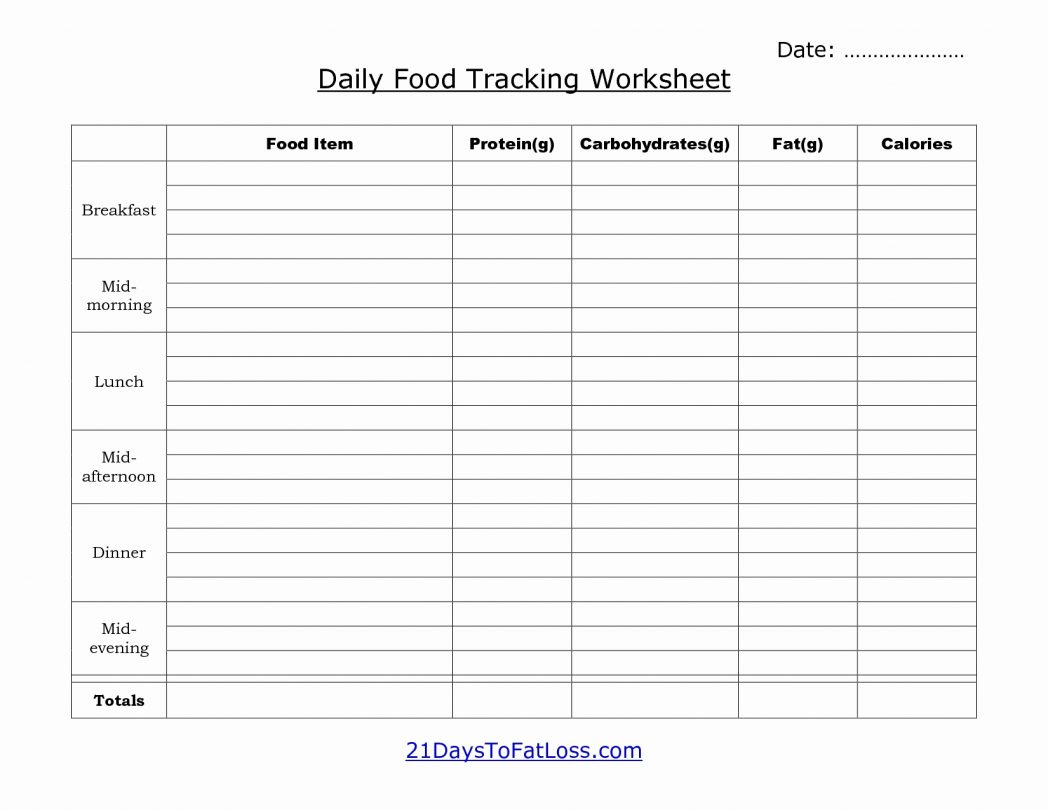

To get an accurate TDEE figure, simply multiply your BMR by the relevant activity multiplier. The activity multiplier is how we determine your TDEE (Total Daily Energy Expenditure). We all burn some calories throughout the day, even if we don’t work out at the gym. Determine Your TDEE with the Activity Multiplier Link to this heading without taking into account calories burned by activity). Your BMR measures the number of calories required to keep your body functioning at rest (i.e. Your weight, height, and age are then used to calculate your Basal Metabolic Rate (BMR).

Try to fill these out as accurately as possible in cells B5, C5, D5, and C8. Calculate Your BMR Link to this headingįirst, the template asks for your basic biometrics and age. This section walks you through what each field means in further detail.
Simply drag the columns downward to maintain the same targets day to day. You can adjust your BMR and body weight on a daily or weekly basis and your targets will be updated as such. Your calories consumed and net calories will be calculated automatically. At the end of the day, input the amount of protein, fat, and carbs you consumed in grams in columns D, E, and F.Your protein, fat, and carb targets will be calculated automatically. 1), fat, and carb ratios (should add up to 1), your activity multiplier, and bodyweight for that day (columns L - Q). Enter the calorie target from step 3, your desired ratio of protein per lb of bodyweight (i.e.For example, if you’re a male with an activity level multiplier of 1.55 and you want to lose weight, you would select the target calorie level in cell J7. Select the calorie level that aligns with your multiplier, gain/loss goals, and gender from the tables above.Make note of the multiplier that best aligns with your activity level, with 1.2 being the least active and 1.9 being the most active (use the activity levels section of this article as a reference).Enter your weight, height, age, and target weight under metrics (B5, C5, D5, and C8).
#TEMPLATE FOR A A DAILY CALORIE TRACKER HOW TO#
If you’re in a rush, here’s a brief step-by-step overview of how to use the spreadsheet:
#TEMPLATE FOR A A DAILY CALORIE TRACKER FREE#
If you’re only interested in calculating the amount of calories you need to lose weight and don’t need the tracking capabilities, I also built a free calorie target calculator that works right in your browser. ` Calorie Target Calculator Link to this heading Follow the instructions below as you fill it out if you get stuck. xls format or save it as a Google Sheet to get started. Weight Loss Excel Spreadsheet Link to this headingĭownload the spreadsheet in. Its purpose is to help you accurately calculate your macros and track caloric intake so you can start shedding those extra pounds with as little effort as possible. That’s why I created this simple weight loss tracking template in Excel to help you with your weight loss (or gain) goals. If you’re not tracking these metrics, it’s easy to lose focus and get off track.


 0 kommentar(er)
0 kommentar(er)
